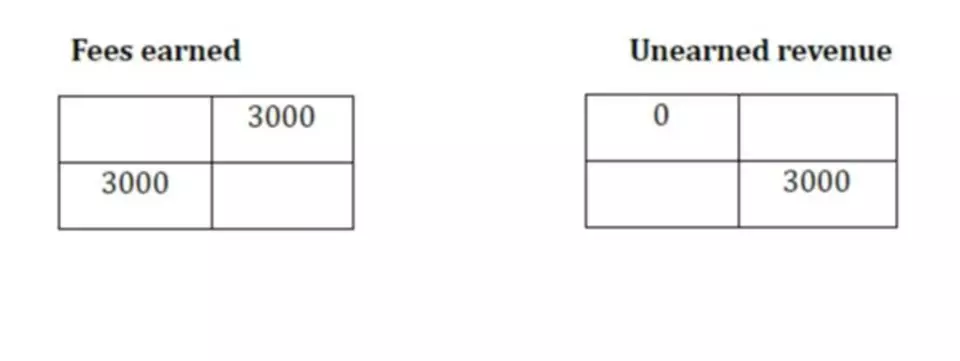Content


ROAE takes into account this aspect into its calculation as opposed to ROE which only takes the end value of equity. Return on average equity (ROAE) is a variation to the commonly used return on equity (ROE) ratio. Some analysts argue that ROAE offers a more accurate outlook on the general profitability of a business. https://www.bookstime.com/ Corporations like to set a low par value because it represents their “legal capital”, which must remain invested in the company and cannot be distributed to shareholders. Another reason for setting a low par value is that when a company issues shares, it cannot sell them to investors at less than par value.
Keep reading to see the return on equity formula and learn more about how to find it. If liquidation occurs, common shares only receive payment after shareholders. The total capital is $1 million because you multiply 100,000 shares times $10. The total par value is $100,000 because you multiply $1 times 100,000 shares.
How to Calculate Stockholders’ Equity for a Balance Sheet
However, calculating a single company’s return on equity rarely tells you much about the comparative value of the stock since the average ROE fluctuates significantly between industries. It’s best to add context to a company’s ROE by calculating the ROE of competitors in the sector. The key to finding stocks that are lucrative investments in the long run often involves finding companies that are capable of consistently generating an outsized return on equity over many decades. Calculating return on equity, as shown below, can help investors find potential investable companies. However, it’s important to note that no single financial ratio provides an all-inclusive measurement of a company’s financial performance. The term equity growth rate refers to a measure that allows the investor-analyst to understand the amount of funds being added to equity by operations.
Sometimes, there are different classes of ownership units, such as common stock and preferred stock. Total equity is what is left over after you subtract the value of all the liabilities of a company from the value of all of its assets. Investors and analysts use the return on stockholders’ equity formula (ROE) to gauge a company’s performance. They expect to see the business generate an adequate return on shareholders’ investment based on the risks involved and the growth rate. A higher return on common equity ratio indicates that a company is generating higher profits from the net assets that have been invested by shareholders.
Problems with the Stockholders’ Equity Concept
Keep in mind that the par value is the minimum amount of price a shareholder pays to gain one share of the company. For instance, a company had an IPO six years ago and began to sell equity shares to the general public. However, since it raised only $1 million in equity financing six years ago, https://www.bookstime.com/articles/how-to-calculate-stockholders-equity the balance sheet reflects the same amount and not $5 million. If the company issued new shares of stock for $0.5 million, then the balance sheet would reflect $1.5 million. If the D/E ratio is lower, this means investors fund more of the company’s assets than creditors (e.g. bank loans).


This metric is usually calculated either as a company’s total assets less its overall liabilities. The equity ratio, or shareholder’s equity ratio, is a simple calculation that can show you how much of a company’s assets are funded by owner shares. It measures the returns that a company can generate from the equity that its common shareholders have invested in it. Moreover, debt is another factor that affects the return on common stockholders equity. If the return on common stockholders equity is high, that means you’re likely to see a higher return on your investment.
Key Terms
Different industries tend to have different return on equity sweet spots – so you should set your ROE benchmark depending on your specific niche or sector. By strategically increasing your profit margins, you will improve your net income and ultimately, enhance your ROE. As a value investor, you should never rely on a single ratio or investing metric to make your investment decisions. In addition to ROE, there are other metrics such as Return on Assets (ROA) and Return on Capital Employed (ROCE) that investors can use to assess a company’s performance. When examining a company’s ROE, it’s important to consider excessive debt as it can have an adverse effect on the ratio.
On the other hand, shareholders’ equity is the net assets found in a company’s balance sheet when total liabilities are deducted from total assets. The shareholders’ equity plays a vital role in calculating return on equity or ROE, which measures the successful use of a company’s equity in producing profits. Return on average equity is a profitability ratio that measures the amount of net income compared to the average shareholders’ equity of a company.
ROE Formula
Return on equity is a measure that analysts use to determine how effectively a company uses equity to generate a profit. It is obtained by taking the net income of the business divided by the shareholders’ equity. Net income is the total revenue minus expenses and taxes that a company generates during a specific period. In summary, return on common shareholders’ equity ratio is a useful metric that can be used to measure a company’s profitability and historical financial performance. Retained earnings is different than stockholders’ equity, since the latter is net of all money owed to lenders.



